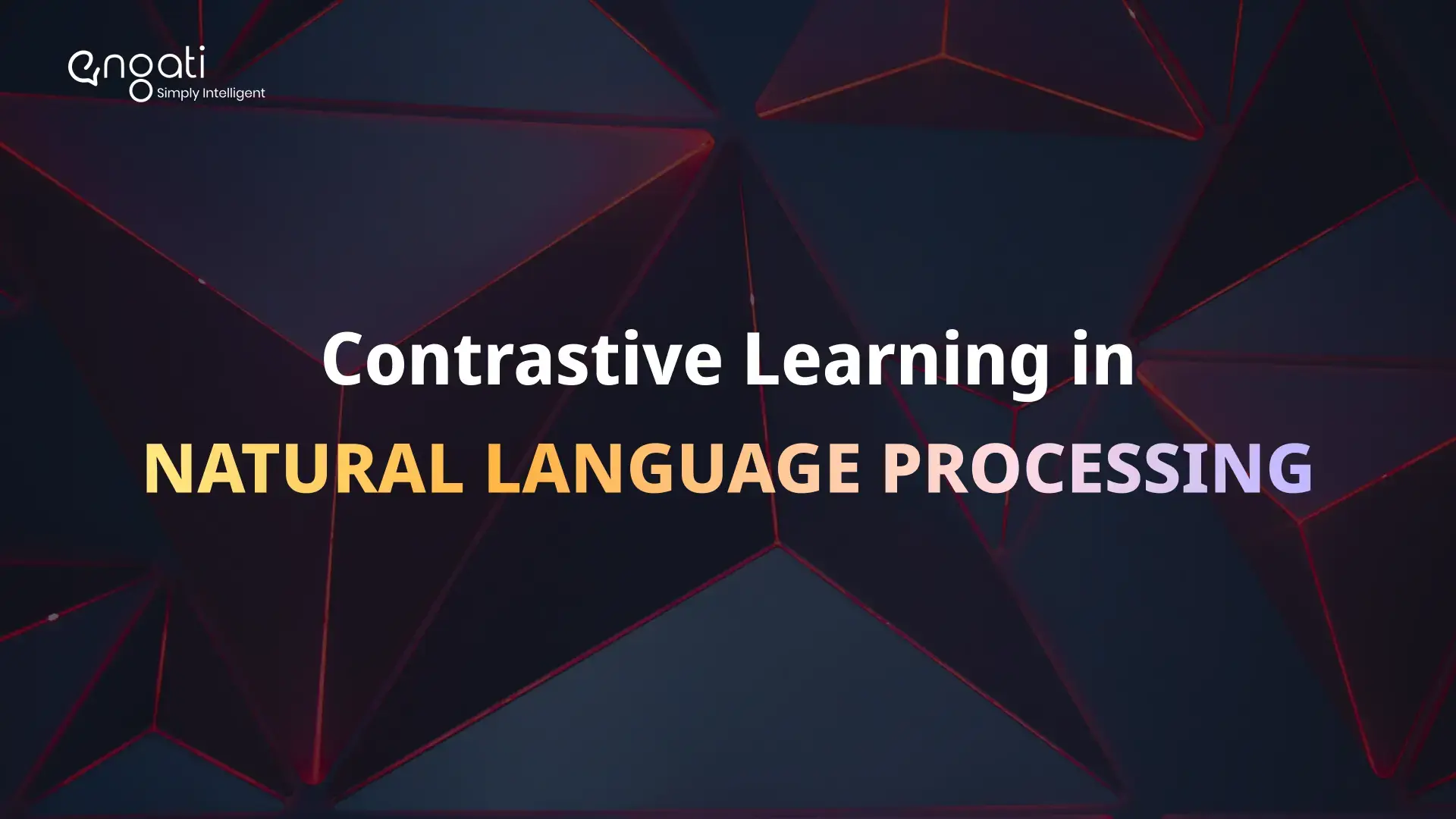What is communication model?
A communication model is a pictorial representation of the communication process, ideas, thoughts, or concepts through diagrams, etc. They can be considered to be systematic representations of the process that help us understand how communication can be carried out.
Communication models help in understanding the potential barriers to effective communication, roles of different elements involved, and the importance of feedback for successful communication.
By applying the models of communication, individuals & organizations can enhance their communication skills & improve the interaction quality.
Why are communication models important?
Can you imagine getting anything done without communicating with your subordinates, colleagues, or your bosses? Sounds absurd, right?
But, what is the use of communication if it’s not effective?
Understanding and using Communication models will help you to communicate successfully within and outside the organization.
Here are the reasons why communication models are important:
- Understanding the communication process
- Analyzing communication problems
- Enhancing communication skills
- Guiding organizational communication
- Improving the message design
- Facilitating interpersonal communication
- Planning & evaluating communication campaigns
What are the 8 different types of communication models?
Here are the different models of communication:

1. Linear Communication Model
Linear model of communication depicts one-way communication & are used to communicate with the masses.
The linear communication models are:
- Aristotle’s Model
- Lasswell’s Model
- Shannon-Weaver Model
- Berlo’s S-M-C-R Model
2. Transactional Communication Model
Transactional model of communication highlight two-way communication with direct feedback.
The transactional communication models include:
- Barnlund’s Transactional Model
- Dance’s Helical Model
3. Interactional Communication Model
Interactional model of communication highlight a two-way communication with indirect feedback.
- Osgood-Schramm Model
- Westley And Maclean Model
What are linear communication models?
Linear model of communication are models where the sender sends the message & the receiver only receives the message. There's no concept of feedback involved. The introduction of noise may affect clear communication in this 4 types of communication models.
1. Aristotle’s model
Aristotle model of communication consists of 5 main elements which make up the framework:

1. Speaker -The one who conveys the message
2. Speech - The message
3. Occasion - Where/when/why the message is being conveyed
4. Target audience - To whom the message is to be conveyed
5. Effect - What impact did the message create?
Aristotle model of communication does not assign any importance to the role of feedback in communication.
Aristotle even identified three elements that have the power to improve communication:
- ethos (credibility)
- pathos (the ability to connect)
- logos (logical argument).
This model was created for the purpose of understanding how to become a more effective & persuasive communicator
2. Lasswell’s Model
The Lasswell model of communication attempts to understand a communication event by asking five important questions:

1. Who? - The one who wants to convey the message
2. What?- The message that is to be conveyed
3. Which channel? - The medium used to convey the message
4. To whom? - Whom is the message conveyed?
5. What effect? - What effect did it have on the receiver?
3. Shannon-Weaver Model
The Shannon Weaver model of communication considers communication to occur in five parts:
1. Sender
2. Encoder
3. Channel
4. Decoder
5. Receiver.

Shannon and Weaver model of communication stresses on the importance of encoding and decoding messages for them to be transmitted. This was the first model to acknowledge the existence of noise in communication that could disrupt or alter a message. This noise could refer to something like the static on a radio broadcast, but it could include spelling errors in written communication or the receiver mishearing the message.
4. Berlo’s S-M-C-R Model

Berlo’s model of communication explains communication in four steps: This model provides a thorough account of the key elements in every one of the steps that will affect the manner in which the message is communicated.
- Source: The elements included in the source are the sender’s communication skills, attitude, and culture.
- Message: The elements included in the message are the content, structure, and code of the message.
- Channel: The elements included in the channel are the senses of hearing, seeing, touching, smelling, etc.
- Receiver: The elements of the receiver are their attitude, knowledge, and culture.
Pros of linear communication models
1. Highly impactful in getting things done.
2. Good at audience persuasion & propaganda setting.
Cons of linear communication models
1. With no feedback, communication is not continuous.
2. It's difficult to interpret whether the communication was effective or not.
What are interactive communication models?
The interactive communication models highlight that the feedback may get delayed when the messages are exchanged between the sender & receiver.
1. Osgood-Schramm Model

This model considers communication to be equal and reciprocal. It has no differentiation between the sender and receiver. In this model, it is believed that encoder and decoder keep interchanging roles of sending and receiving.
The Osgood-Schramm model of communication is the most appropriate model for explaining and analyzing personal synchronous communication in which feedback is instantaneous like in face-to-face conversations. Since feedback is immediate, it is possible to reduce noise through the continuous clarification of messages throughout the conversation flow.
2. The Westley & Maclean Model

The Westley & Maclean Model is more of a mass communication model. It discusses these essential components:
1. Environment- The actual stimuli for any conversation
2. Sensory Experience - The experience that makes them want to send the message
3. Source Sender - The one who sends the message
4. The object of the orientation of the source - The belief of the sender that led to the initiation of that message
5. Receiver- The one received the messageFeedback - Receivers input to the message
6. Gatekeepers- The one who modifies/provides feedback to the messages before they are conveyed. (Usually involved in mass communication)
7. Opinion Leaders- Influence holders who can change the impact of the message (Usually involved in mass communication
What are the transactional communication models?
The transactional models of communication are models where the feedback plays an important role & the sender/receiver can exchange their roles. It's generally used for direct personal communication in which two-way feedback is immediate.
1. Barnlund’s transactional model
Barnlund's communication model examines interpersonal, immediate-feedback communication. It holds the idea that feedback for the sender is the reply for the receiver central to the approach.
Barnlund’s transactional model of communication also emphasizes the role of cues in impacting your communication. It sheds light on public cues (environmental cues) and private cues (your own personal thoughts and background). Essentially, this model shows us the factors that influence what we think & say.

Barnlund’s transactional model of communication consists of 5 main elements:
- Communicators
- Encoding
- Message
- Channel
- Decoding
Barnlund’s model also emphasizes the role of cues in impacting your communication. It sheds light on public cues (environmental cues), private cues (personal thoughts and background), behavioral cues (verbal or non-verbal actions) Essentially, this model shows us the factors that influence what we think & say.
2. Dance’s Helical Model
This model builds on circular models of communication and explains how we improve our messages over time by using feedback. The feedback received for one message influences our next statement. This helps us become more knowledgeable with each cycle, making it possible for us to expand our circle as depicted in the model by circles that continuously increase in their width. The upward movement in the spiral denotes that every communication practice is new and unique as communication doesn’t ever perfectly repeat itself.
Pros of interactive communication models
1. Chance of getting feedback even in mass communication
2. New communication channels can be explored
Cons of interactive communication models
1. Feedback can take a very long time
2. Sender/receiver may not know who the other person is - that's providing the feedback
Bonus read - How to create WhatsApp chatbot [For free in 2023]
In the process of understanding these communication models, Artificial Intelligence has made good progress in applications like chatbots, virtual agents, social bots, and language generation software.
Decoding these communication models will help you get better at lead generation, delivering superior customer experience, and automating customer support, marketing, and sales processes at all levels.
What are the other types of communication models?
1. Cognitive Communication Models
2. Relational Communication Models
3. Cultural Communication Models
4. Mediated Communication Models
5. Integrated Communication Models
6. Network Communication Models
7. Organizational Communication Models
8. Interpersonal Communication Models
9. Public Communication Models
10. Mass Communication Models
11. Intercultural Communication Models
12. Critical Communication Models
What is the process of encoding & decoding in communication models?
In models of communication:
Encoding is the process of transforming ideas, thoughts, information, etc in a symbolic way (words, gestures, visuals, etc) that can be transmitted to others.
Decoding is the process of interpreting & making sense of the received message by the receiver.
FAQs
What is Hypodermic Needle Theory?
It is a model of communication that highlights media messages are just like a hypodermic needle that inject attitudes, ideas, & values - directly into the minds of passive audiences.
What is the two step flow theory?
This theory suggests that ideas and information flow from mass media to influential leaders, who are then responsible for passing the information to general masses.
What is Process Communication Model?
It is a model of communication that helps every individual to understand themselves and others in a better way - improving everybody's communication skills.
What is noise in communication models?
Noise in Communication Models refers to any disruption or an interference that can affect the transmission & reception of a message, leading to distortions & mis-understandings.
Impact of noise - distortion of the message, misinterpretation, communication breakdown, lost information, psychological barriers, feedback distortion, etc.
What are non-verbal communication models?
These models of communication provide insights into non-verbal cues like body language, gestures, vocal tone, facial expressions, etc contribute to the transmission & reception of the messages.




















%20(1).webp)